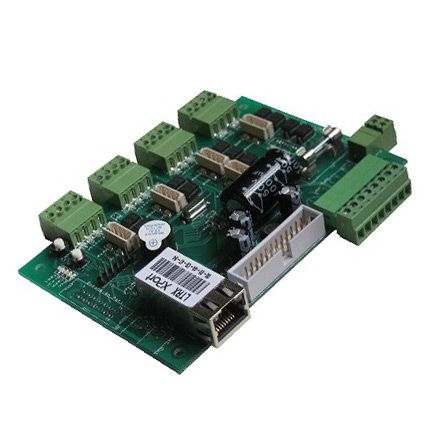

Understanding Tempered Glass Sheet Prices
Tempered glass, also known as toughened glass, has become a popular choice for many applications due to its enhanced strength and safety features
. The process of tempering involves heating the glass to a high temperature and then cooling it rapidly, which increases its durability compared to standard glass. As a result, tempered glass sheet prices can vary significantly based on several factors including thickness, size, quality, and market demand.One of the primary factors influencing the price of tempered glass sheets is their thickness. Typically, thicker glass offers greater strength, which makes it suitable for applications in high-traffic areas or in facades of buildings. Common thickness options range from 4mm to 19mm, with prices escalating as the thickness increases. For example, a 10mm tempered glass sheet may cost noticeably more than a 6mm sheet due to the added material and manufacturing processes involved.
The size of the tempered glass sheet also plays a significant role in determining its price. Standard sizes might be more affordable due to mass production, while custom sizes can incur additional costs. For instance, a large tempered glass panel intended for a storefront will not only require more raw materials but also more intricate labor during the cutting and tempering processes, leading to higher prices.

Another crucial factor is the quality of the tempered glass. Higher quality tempered glass adheres to strict safety standards and may possess features such as low iron content for enhanced clarity. Certificates and compliance with standards like ANSI Z97.1 or EN 12150 can also influence pricing. Buyers often find that investing in high-quality products pays off in terms of safety and durability in the long run, despite the higher initial costs.
Market demand can cause fluctuations in tempered glass prices. For example, if there is a surge in construction activity, demand for tempered glass may increase, leading to higher prices. Conversely, during economic downturns, excess supply can decrease prices. Furthermore, trends in design and architecture can affect demand—more contemporary designs often incorporate large glass facades or balconies, which can drive up prices.
Finally, geographical location can impact tempered glass sheet prices. Transportation costs and regional manufacturing capabilities may cause variations in prices from one area to another. Sourcing tempered glass from a manufacturer located nearby can reduce shipping costs, thereby offering a more competitive price point.
In summary, when considering the price of tempered glass sheets, it is essential to evaluate thickness, size, quality, demand, and location. Whether for residential, commercial, or industrial use, understanding these factors can help consumers make informed decisions while planning their projects.